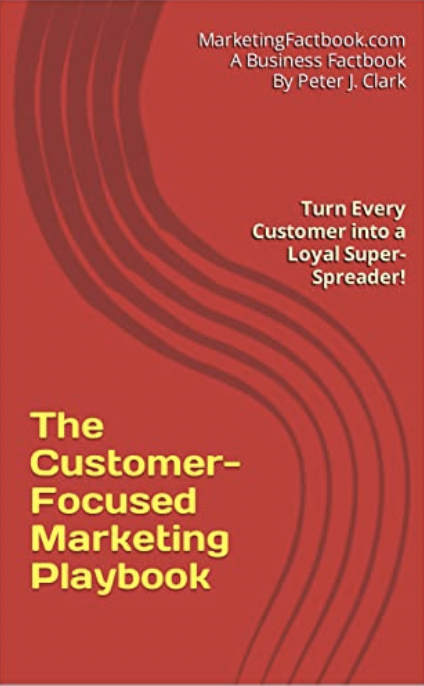Transforming blind data into lifetime relationships
Data analytics has the power to transform customer engagement from a simple 'blind date' into a lifetime relationship that enhances brand loyalty, according to Kieran Kilmartin, director of marketing for Pitney Bowes Business Insight.
In the UK, Saturday nights in the 1980s started with 18 million people watching a television show called 'Blind Date', during which a hopeful youngster asked three potential dates a set of loaded questions. Hidden behind a screen, each potential date provided corny answers in their bid to be the chosen one for a blind date. But blind dates are clearly not the smartest way to meet an ideal partner, and the same is true of marketing to potential customers using what Kilmartin calls 'blind data'.
Blind data - that is, basic customer data that is neither segmented nor analysed - is not the best way for a business to build long term and profitable relationships with its customers. How can you build a trusting relationship if you don't understand who you are communicating with? And where is the customer satisfaction that leads to repeat purchases and transforms customers into brand ambassadors going to come from?
Fred Reichheld, described by the Economist as the 'high priest of brand loyalty', co-authored a classic marketing book, The Loyalty Effect. In a recent interview, he recalled how the thing that most struck him when researching the book, was the economic leverage that businesses generated by making small improvements in customer retention rates: "Our discovery that a 5% increase in retention rates yields a 25% to 100% increase in profits was a big surprise."
These kind of surprises are exactly what businesses are looking for in these hard times. But how does a business improve its customer retention? Our experience is that successful customer relationships, like all relationships, are built on insight and understanding. And that is what drives successful businesses and enables brand loyalty. And the bedrock of this process is good customer data that can be mined and manipulated to reveal patterns which will inform marketing decisions.
So the first task is to ensure that data is captured and protected with appropriate data quality controls in place to ensure duplication and incorrectly formatted responses are avoided. When it comes to gaining insight from the marketing and customer data, successful businesses are using business intelligence and data mining tools to segment and make sense of their customers with the ultimate goal of enabling greater customer loyalty through providing a more personal interaction.
For example, Nationwide Building Society in the UK did exactly that a few years ago. A new customer interaction software solution gave staff a single view of each customer, including details of each contact, and intelligent, actionable prompts to help make the most of each customer interaction. This customer insight delivered real returns with incremental sales running over 200% of original targets. And the software paid for itself within two years.
More advanced applications take this to another level by using predictive analytics to open a window into the future. Given an objective, such as propensity to churn or respond to a product offer, predictive analytics will generate a behaviour model that will help organisations to effectively segment and target its customer base to predict responses. From this they will know who is likely to respond to a campaign but not who will be positively affected by the campaign.
This technique is called 'uplift modelling' and it enables an organisation to identify and target those customers who will respond positively to a particular marketing campaign. Uplift modelling differentiates customers into those that are most likely to buy regardless of receiving an offer, those who may respond positively, those who are unlikely to buy regardless, and those who will react negatively. The four categories are similar in character to the four categories of brand loyalists:
- Sure Things - who don't need incentives or extra marketing. They are hard core brand loyalists;
- Persuadables - who closely resemble the brand marketer's 'split loyalty' group;
- Sleeping Dogs - who are best left in peace, and could be described as 'shifting brand' loyalists;
- Lost Causes - who are the 'brand switchers'.
This kind of insight is critical to any organisation because it helps determine how best to interact with customers. It is the kind of insight that would also help on a blind date because it gives you insight into the other person's character, prompting you to avoid what offends and instead focusing on things that delight. Good data management and analysis can enable this kind of interaction between customers and a brand - and with sustained delight comes real brand loyalty.
Sources: Pitney Bowes Business Insight / The Marketing Factbook.
Copyright © 2011 - 2025 The Marketing Factbook.
Categorised as:
- Customer Experience
- Customer Loyalty
- Knowing The Customer
- Marketing Know-How
- Marketing Technology
